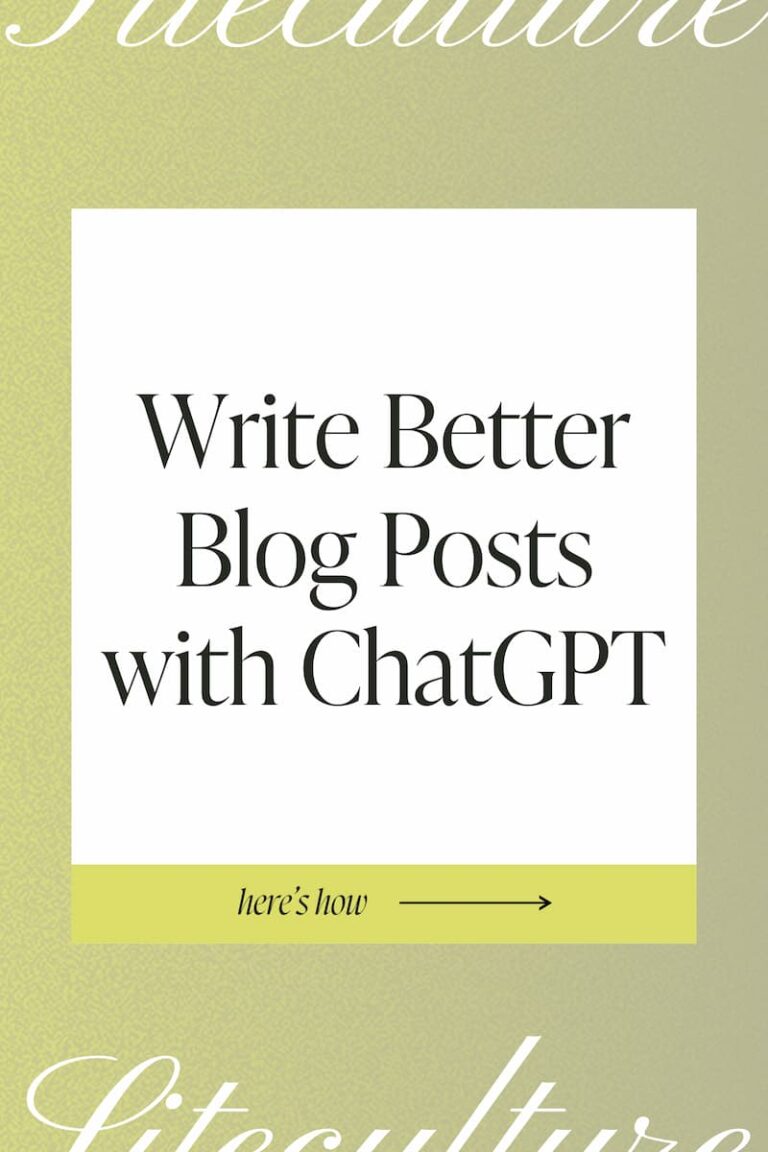You’ve dotted every “i” and crossed every “t” in your business plan… or have you? Whether it’s a fire, food poisoning outbreak, or even the next pandemic, a crisis can burst onto the scene when you least expect it. That’s why you need a crisis communications plan.
Bolstered by a compelling website, a strong relationship with customers and the community charts your business’s future course. In an instant, a crisis can strip you of the reputation and brand equity you’ve worked tirelessly to build.
Because news today travels at a breakneck pace, the stakes for having a solid crisis communications plan have never been higher. Empowered by social media platforms like Yelp, Facebook, and Glassdoor (to name a few), the public writes the narrative surrounding your brand, for better or worse. In the event of an emergency, a well-crafted crisis communications plan can help you take control of the situation, spelling the difference between rapid recovery and irreparable damage.
In this blog, we’ll explore the role of a crisis communications plan and arm you with practical guidance for building one of your own.
What is a crisis communications plan?
A crisis communications plan (sometimes called a crisis management plan) is a comprehensive document outlining how your business will prepare, respond, and communicate with the public during a crisis or emergency scenario. Most plans will cover (1) key actions to take when the crisis surfaces, (2) guidelines for communicating with key stakeholders, and (3) measures to prevent reoccurrence.
When developing your plan, keep the principle of flexibility front and center. After all, crises are unpredictable! In his book Ongoing Crisis Communications, communications theorist Dr. Timothy Coombs reminds us that a plan shouldn’t be too prescriptive. Instead, it should be “part of a process to facilitate strategic thinking.” Echoing Coombs, the Institute for Public Relations describes the plan as “a reference tool, not a blueprint.”
Crafting your crisis communications plan
So, you’re ready to start framing out your crisis communications plan? Here are five essential tactics that can help you scope your plan:
Identify potential crises and align on a short-list of threats
Anticipate the top few (three to five) events that will most plausibly threaten your reputation and financial standing. While anything could happen, avoid the temptation to boil the ocean. This list will look a little different for every business. For example, if you own a deli, you might anticipate a salmonella outbreak. If you run a pharmacy, product tampering might make it onto the short-list.
Map the impacted audience
To minimize reputational loss, consider all the internal and external stakeholders whom you’ll need to keep informed. Internal stakeholders might include employees or supply chain partners. Common external stakeholders include customers, the press, and local government. In the plan, document each group’s contact information so that you can rapidly and proactively disseminate key messages when a crisis strikes. More on that below.
Plan your messaging and emphasize transparency
For each stakeholder group and crisis scenario, draft a set of core statements that you can repurpose and tailor as necessary. Overall, aim to craft pithy statements that embody a calm and confident tone. At the onset of the event, for example, explain that you are actively investigating the situation and are taking steps to contain the crisis. There’s no need to have all the answers on day one. Openly acknowledge what you don’t yet know, and commit to providing additional detail as you learn more.
Keep a pulse on social media
Scan your social media properties continuously. Respond to any negative crisis-related dialogue or backlash as quickly as possible, starting with the channel where the message first originated. A reassuring and transparent response on social media functions as currency: Those who champion your brand are likely to share the message with their networks, spreading the word on your behalf.
Apply consistency
Whether it’s social media, print news, or even the spoken word, there are countless forums for discourse about your brand. To minimize noise and confusion surrounding the event, ensure that you’re delivering a consistent message on every channel. Whether it’s yourself or a trusted employee, designate a single point of contact to answer public inquiries.
When you’re ready to put pen to paper on your plan, consider using helpful free templates like this one.
Sometimes, life hands you lemons—yes, even for the companies with the best laid plans. Although crises are generally tough to predict and prevent, preparation is your best course of action. Keep these principles in your back pocket, and you’ll be dicing those lemons for lemonade.












